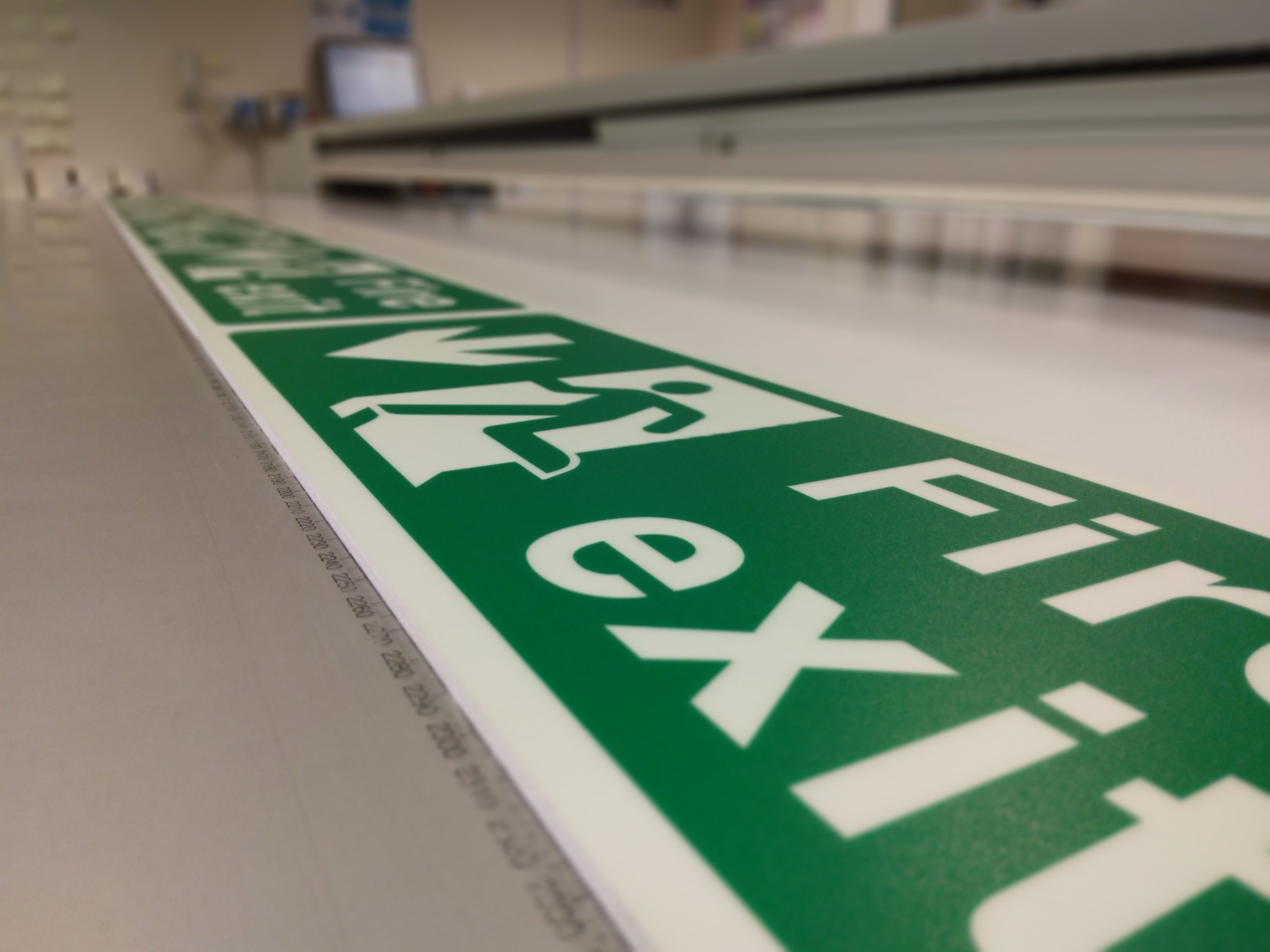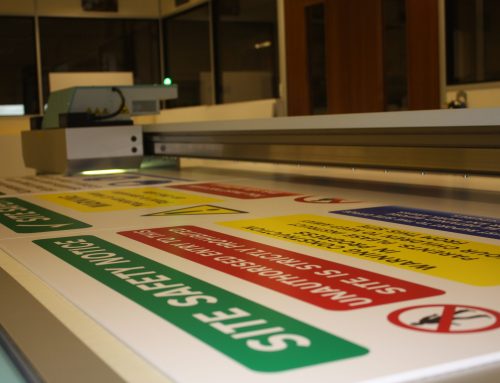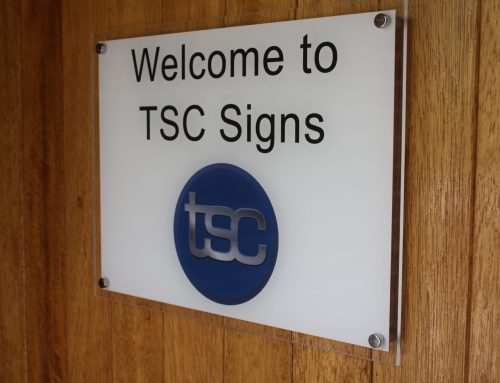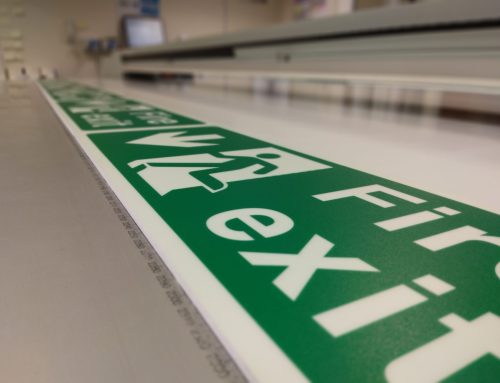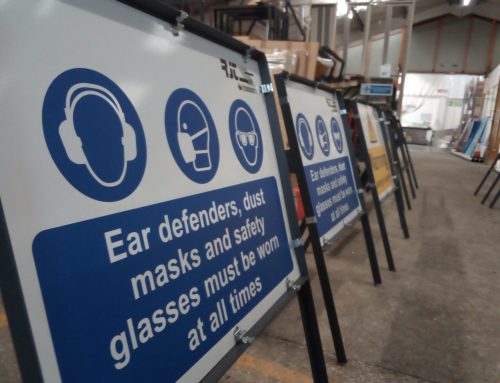TSC Signs – Your Specialists in Traffic & Construction Signs
In the next of our series of blogs, TSC Signs explores Directional Signs, including the purpose, types and benefits. The team at TSC Signs has over 30 years of experience in producing traffic signs and can help and guide customers where required.
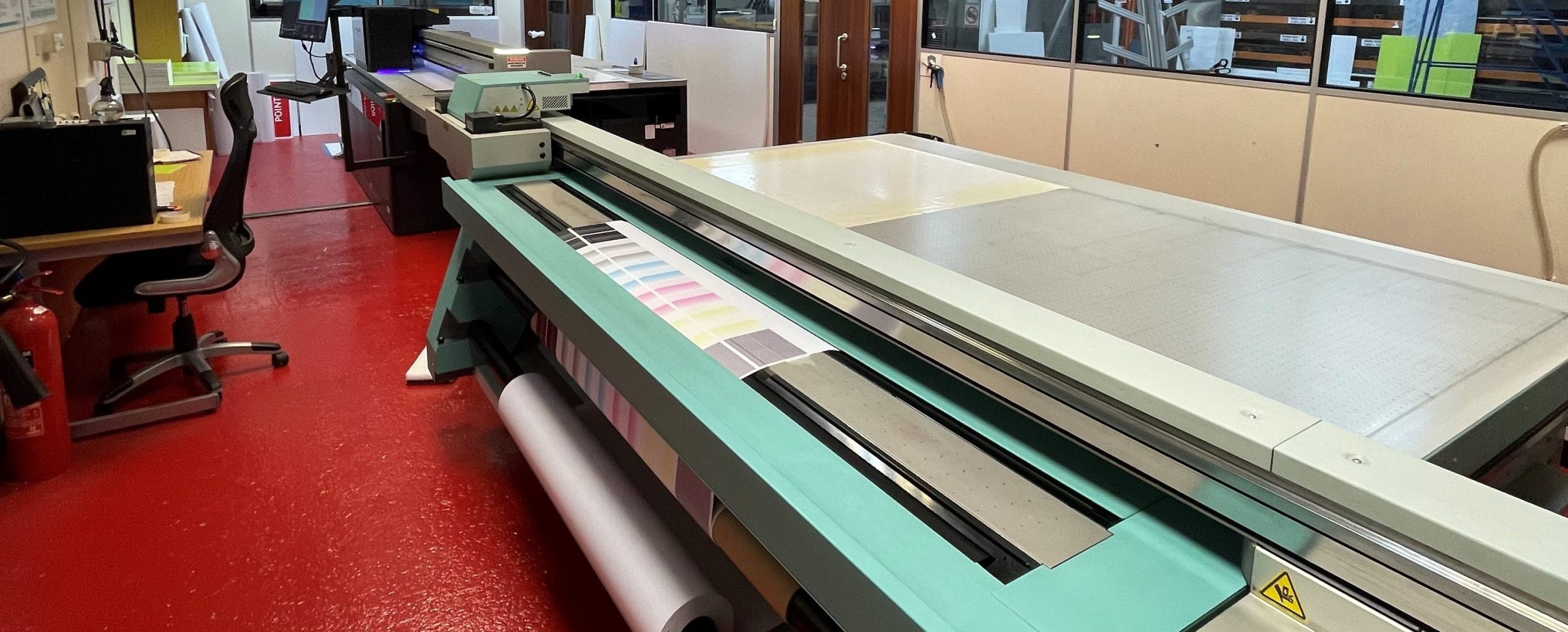
Introduction to Directional Signs
Directional signs are a type of safety sign that provide guidance and direction to individuals, indicating the correct route or pathway to take to reach a particular location or destination. These signs are commonly used in a variety of settings, including workplaces, public spaces, and transportation facilities. Directional signs are designed to ensure that individuals can navigate their way safely and efficiently, while minimizing confusion and the risk of accidents.
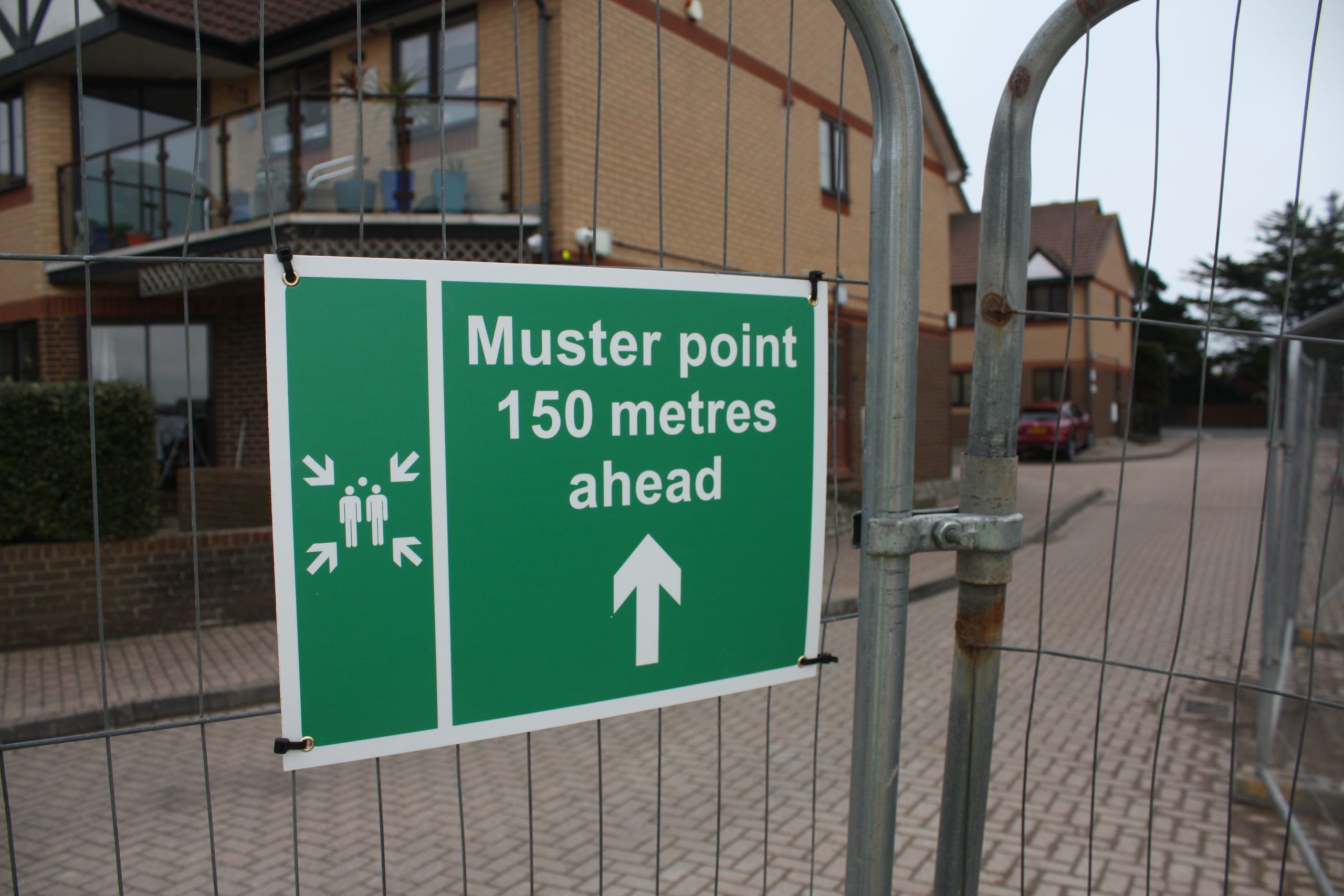
Purpose of Directional Signs
The primary purpose of directional signs is to provide guidance and direction to individuals, indicating the correct route or pathway to take to reach a particular location or destination. These signs are designed to ensure that individuals can navigate their way safely and efficiently, while minimizing confusion and the risk of accidents. Directional signs are also used to enhance wayfinding, which refers to the process of orienting oneself in a physical environment and determining the correct route to take to reach a desired location.
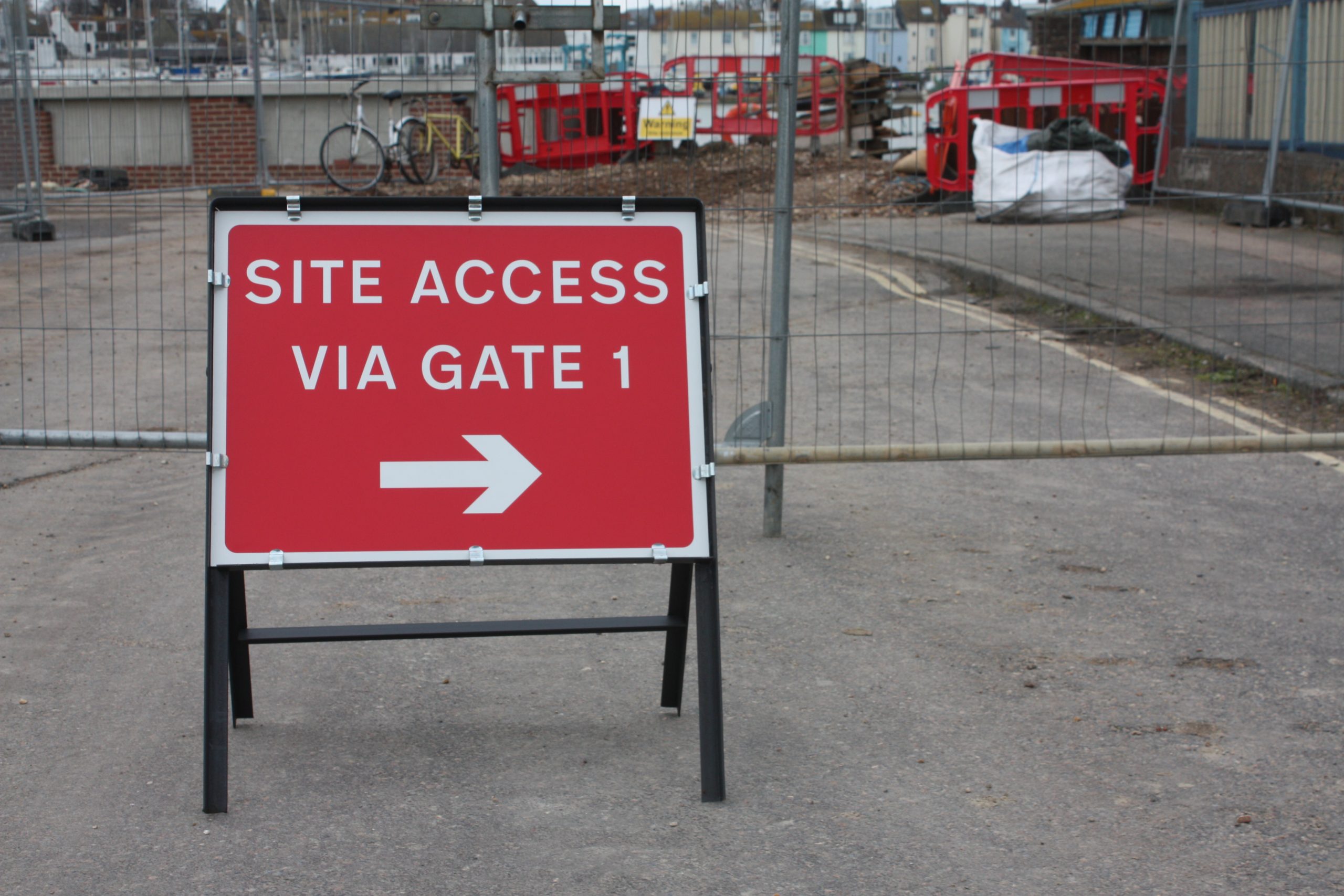
Types of Directional Signs
There are many different types of directional signs that can be found in various settings. Some common examples of directional signs include:
- Wayfinding Signage – These signs are typically found in large facilities, such as airports and hospitals, and provide directions to specific areas, such as terminals or wards. They often feature maps or diagrams, as well as clear directional arrows.
- Road Signs – These signs are found on roads and highways and provide directions to drivers, indicating the correct route to take to reach a particular destination. They may also provide information about speed limits, road conditions, and potential hazards.
- Pedestrian Signs – These signs are found on sidewalks and in public spaces and provide guidance to pedestrians, indicating the correct route to take to reach a particular location or landmark. They may also provide information about nearby attractions or services.
- Parking Signs – These signs are found in parking lots and garages and provide directions to drivers, indicating the correct location to park their vehicle. They may also provide information about fees and restrictions.
- Transportation Signs – These signs are found in transportation hubs, such as airports and train stations, and provide directions to passengers, indicating the correct route to take to reach their departure gate or platform.
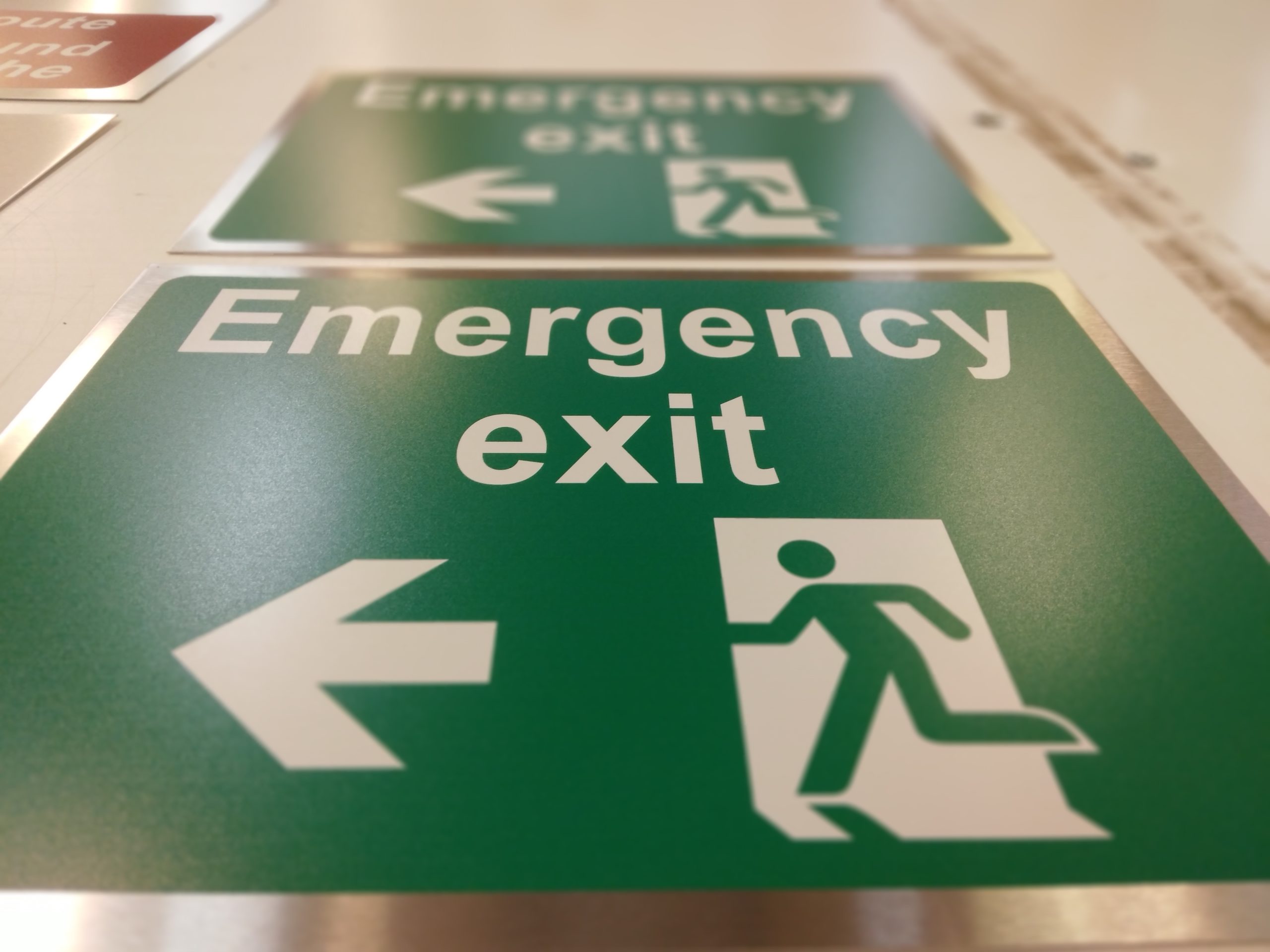
Benefits of Directional Signs
Directional signs offer several benefits in providing guidance and direction to individuals. Some of the main benefits of using directional signs include:
- Enhanced Wayfinding – Directional signs enhance wayfinding by providing clear and concise directions to individuals. They help individuals orient themselves in a physical environment and determine the correct route to take to reach a desired location.
- Improved Safety – Directional signs help to improve safety by minimizing confusion and the risk of accidents. By providing clear directions, individuals are less likely to get lost or take the wrong route, reducing the risk of accidents.
- Efficient Navigation – Directional signs promote efficient navigation by providing individuals with the most direct route to a particular location or destination. This helps to save time and reduce frustration.
- Compliance – Directional signs ensure compliance with relevant laws and regulations, such as those related to parking and road safety. They also ensure that individuals follow established protocols, such as those related to emergency evacuations.
- Cost-Effective – Directional signs are a cost-effective way to provide guidance and direction to individuals. They are easy to install and maintain, and can be updated as needed to reflect changes in the environment.
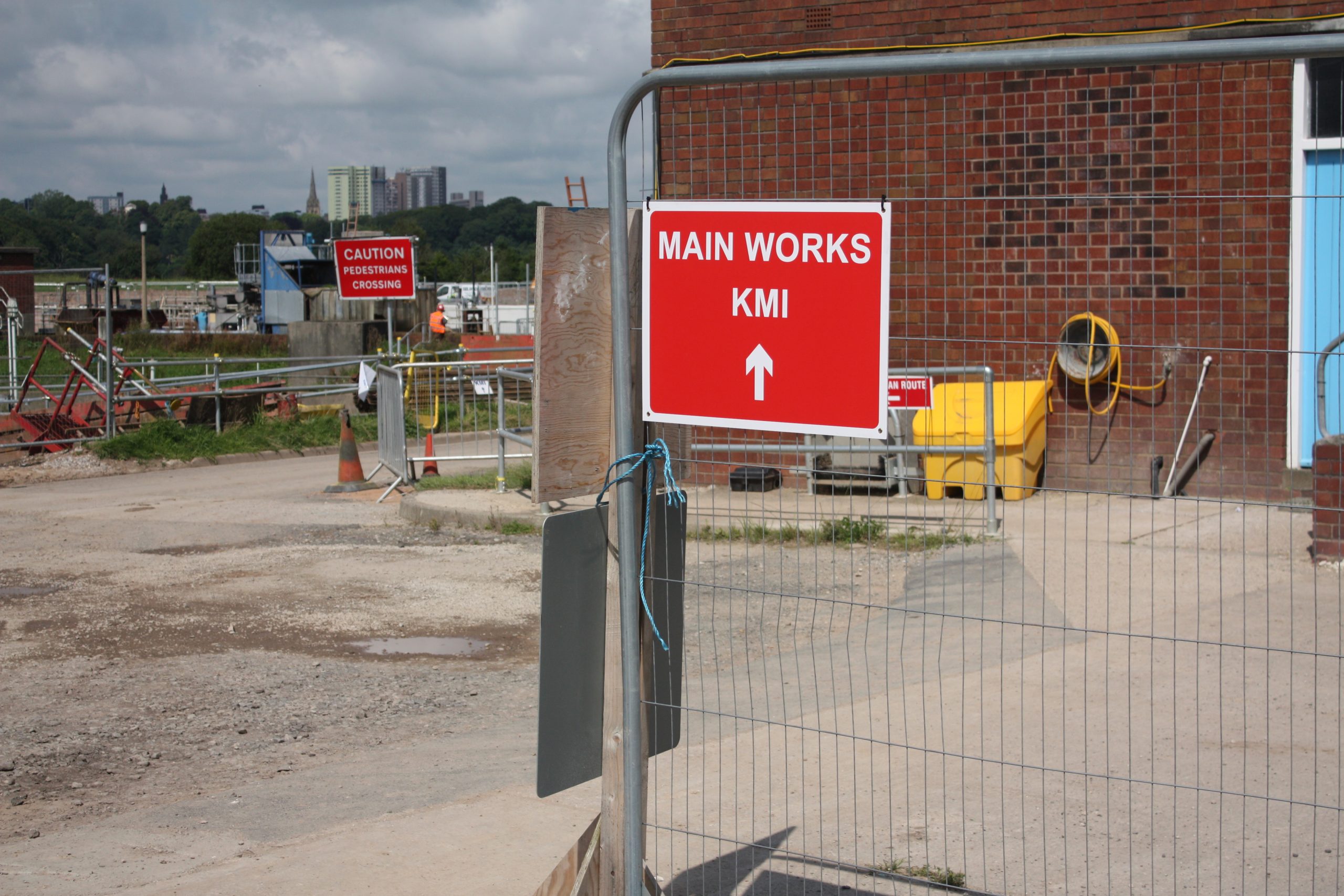
Conclusion
Directional signs play a crucial role in providing guidance and direction to individuals in various settings. They enhance wayfinding, improve safety, promote efficient navigation, ensure compliance, and are cost-effective to install and maintain. Overall, directional signs are a vital component of safety signage and should be used in all settings where guidance and direction are essential. By providing clear and concise directions, directional signs help to ensure that individuals can navigate their way safely and efficiently, while minimizing confusion
